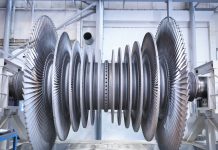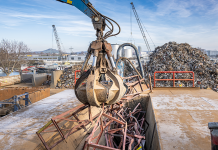
In all hydraulic components, the leakage phenomenon occurs, making a part of the fluid leave ducts and cavities intended for it and migrate to other parts of the plant.
This phenomenon is clearly present when there is discontinuity in the tightening wall, of both seals and metal elements.
Paolo Stefanini
The presence of the leakage phenomenon must be known both to assess its effects to the ends of the operation of single components and of the plant and to be able to prevent it, especially when this implies the environment contamination. With the term of accessory components, we indicate a broad family of devices performing the function of transmitting hydraulic power inside a circuit. They are split in two groups: those dedicated to the regulation of the flow rate and those dedicated to the connection of the various circuit parts. The latter includes pipes, fittings and seals. Let us make a better distinction between inner and outer leakages.
Inner leakages
Inner leakages are those taking place between two chambers of the same component but kept at different pressure. In this case, the fluid finds a passage to move from the higher-pressure chamber to the lower-pressure one. This phenomenon occurs in all hydraulic components, where parts in relative motion are present and where chambers or zones at different pressure exist. It is worth noticing that the presence, even if small, of inner leakages is necessary to assure the lubrication of the surfaces in relative motion and that, with the very important exception of hydraulic cylinders, the leakage containment is generally entrusted to the precision of metal couplings, which therefore feature very low backlashes. Not fortuitously, the companies operating in the hydraulic sector make use of very advanced manufacturing systems, with outstanding quality and precision standards of stock removal operations. Many hydraulic components provide for the collection in apposite chambers of the fluid resulting from inner leakages, taking it back, at atmospheric pressure, inside the tank through apposite ducts.
Outer leakages
A typical case of leakage towards the exterior is the passage of a fluid from pressurized zones of the system towards the outer environment, with consequent discharge, sometimes also in very evident manner, of hydraulic fluid. Outer leakages very often occur in points of static junction of various components of the plant, such as pump flanges, pipe fittings, valves mounted on assembly surfaces or in presence of mobile organs, like cylinder rods, pump shafts and motors, subjected on one hand to the system pressure and on the other hand to the atmospheric pressure of the external environment. To try preventing leakages towards the exterior of the hydraulic system, we turn to the interposition of opportune devices between surfaces in contact, thus performing the sealing in junction points. We can summarize that the inner leakage is often welcome, or even necessary, because it allows achieving a lubricating effect whereas the outer leakage is always undesired because, besides determining the need of refilling the tank, it implies a contamination of the surrounding environment and a not negligible, on the contrary very serious, fire risk. In both cases, leakages decrease anyway the energy at the utility’s disposal and therefore they are a loss factor to be reduced as much as possible.
[su_quote]With the term of accessory components, we indicate a broad family of devices performing the function of transmitting hydraulic power inside a circuit. They are split in two groups: those dedicated to the regulation of the flow rate and those dedicated to the connection of the various circuit parts. The latter includes pipes, fittings and seals.[/su_quote]
Sealing systems
Some sealing systems are used to decrease or to annul fluid leakages. Seals can be of two kinds: those based on the coupling precision or those based on elements purposely provided for eliminating leakages, that is to say seals. The first method is generally adopted (and we must underline that, due to the nature of hydraulic fluids and the also relatively high pressures, couplings’ backlashes must be in the order of some microns) when a certain percentage of leakages is accepted for the above-mentioned reasons or anyway tolerated by the design: this is the case of slider valves and of other valves, where the friction generated by eventual seals interposed between parts in relative motion would be unbearable.
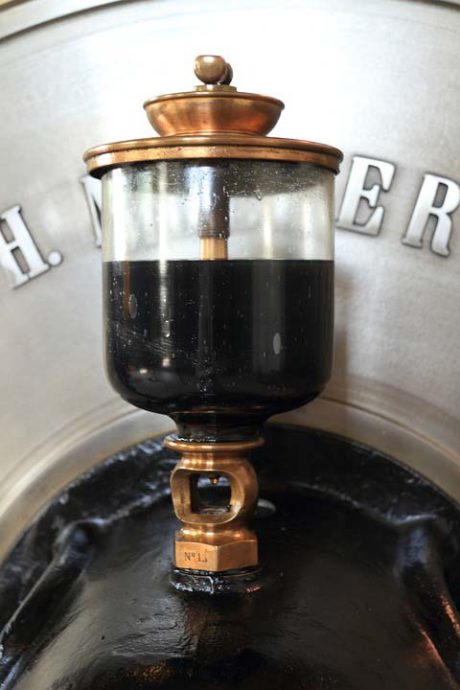
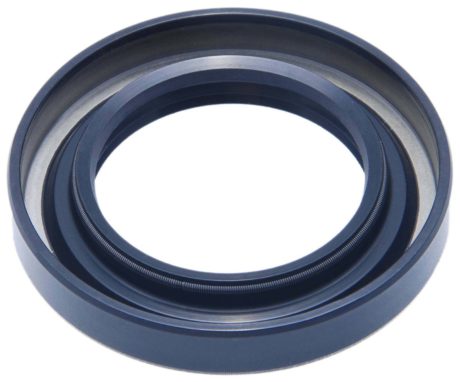
Seals
In the most common case of surfaces with static coupling, tightness is achieved by using seals. All seals act as organs that press their surface against the other surface. If surfaces are in relative motion, we speak of dynamic seals: in that case, experience says that the residual meatus rises without anyway reaching a sufficient height for the hydrostatic support. The necessary pressure to drive away the fluid eventually interposed between stiff surfaces and the seal is given by pre-deforming the seal itself. In several types, pre-deformation is joined by the pressure itself of the fluid, which acts on the other faces of the seal. Also in case of dynamic tightness, seals are used: for instance, in cylinders or on rotary shafts of pumps and motors. Static seals are intended for assuring the tightness between reciprocally still organs. For static tightness, in the past were used flat seals opportunely arranged between flanged connection surfaces. The main inconvenience of this kind of seals consists in the fact that the pre-compression is entrusted to mobile connections (bolts), which tighten the two flanges. No further compression is provided by the work pressure that, on the contrary, moves the two flanges away from each other, owing to the elasticity effect of bolts themselves; for these reasons, and due to the availability of more efficient seals on the market, flat seals, here shortly described, are no longer used in hydraulic systems.
[su_quote]Maintenance troubles derive from the wear and/or incompatibility between elastomer and fluid used.[/su_quote]
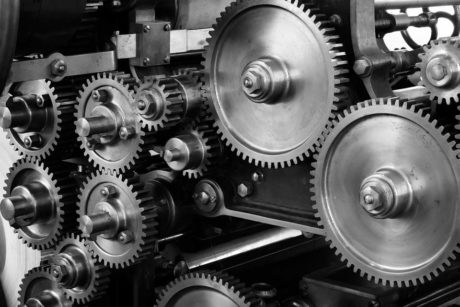
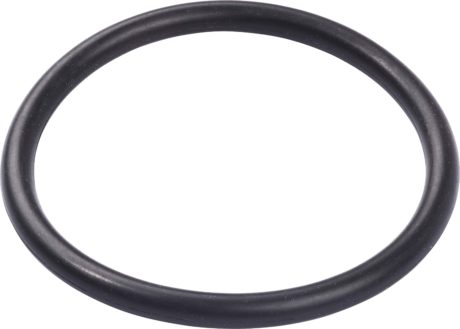
O-Rings
The seals most commonly used in hydraulics are the seals with toric shape, the well-known O-rings, generally of standardized sizes. Actually, any device contains some O-rings and, likewise, any junction can be implemented entrusting it to an O-ring. They are generally made of acrylonitrile -butadiene elastomer (NBR). Seats have such sizes as to deform O-ring seals when assembled, so that they are as pre-compressed: the work pressure, acting then on the free surface of the seal, is transmitted inside the seal like a liquid, adding up to the pre-compression and actually annulling the leakage risk. Dynamic seals can be lip-shaped or toric. Lip seals are manufactured both with elastomers and fabric impregnated with elastomer; these seals have various sections, mainly with a U-profile, when produced with fabric-free elastomer. The U-profile can be symmetric and asymmetric; the operation is based on the assembly and on the successive compression determined by the fluid pressure. They obviously act in one sense only and then, in case of double-acting piston, it is necessary to mount two opposite ones. O-rings can be used also in dynamic applications, with particular devices, only for pressures exceeding eighty bars. The extrusion phenomenon represents a typical inconvenience of O-rings: in fact, because of its elasticity, an O-ring, when it is compressed between two surfaces, performs the tightness: in presence of pressure, the O-ring behaves like a not-compressible liquid; when the pressure rises, the O-ring is extruded in the backlash between the metal coupled parts and is irreparably damaged: the O-ring does not seal anymore. The extrusion can be avoided by using an adequate anti-extrusion ring, generally made of PTFE, mounted on the opposite side as to the pressure. In case of dynamic alternative seal, it is necessary to mount two anti-extrusion rings. Torsion is another inconvenience of O-rings used dynamically. If one part of the ring is braked by irregularities in the surface of the metal sliding part or by a non-uniform compression of the O-ring section on the whole circumference, a torsion effect occurs by partial rolling. This damage has a typical aspect, characterized by spiral-shaped cuts on the O-ring surface, generally leading to the seal destruction. Dynamic seals include several other types for applications on cylinders, with tightness on both rods and pistons. Owing to the variety of the executions and of the materials used to manufacture these seals, users must refer to manufacturing companies’ catalogues. Concerning the standardization, UNI has published various regulations concerning sealing systems and devices, related to the various typologies, applications, sizes and assembly types.
[su_quote]The periodical analysis of the hydraulic oil is a well-tested form of predictive maintenance and allows identifying (also) impurities generated by wear and/or chemical etching of the elastomers in contact with the fluid.[/su_quote]
Wear and maintenance
The sealing of couplings (static and dynamic) is anyway entrusted to the deformability and the elasticity of the materials that constitute seals themselves. Maintenance troubles derive from the wear and/or incompatibility between elastomer and fluid used. We remind once more that hydraulic fluids are incompressible and therefore even a small leakage affects the operation pressure. Besides, the seals of a circuit are countless and almost always invisible, which can make the troubleshooting very long and difficult. To contrast wear, the machining degree of the surfaces in relative motion and the use of structural solutions able to compensate wear itself (within certain limits) are fundamental.
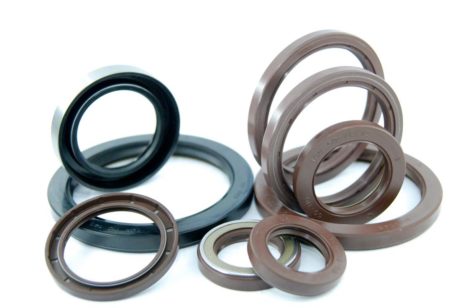
The most noxious phenomenon produced by the incompatibility between elastomer and fluid used is the shrinkage of the sealing material. It is quite rare and circumscribed and a reliable manufacturer supplies compatibility tables that allow avoiding it. Alterations of elasticity, resistance and impermeability are more frequent and as fearsome. This occurs owing to both mutual transfer of components and to real chemical reactions. Fluids with the same origin as well (ex. oil synthetic) have behaviours highly differing from elastomers, depending on the contents of hydrocarbon families contained in their composition (for instance, paraffinic rather than aromatic prevalence). In the first case, rubbers resist well, in the second case fluorinated polymers are necessary. The periodical analysis of the hydraulic oil is a well-tested form of predictive maintenance and allows identifying (also) impurities generated by wear and/or chemical etching of the elastomers in contact with the fluid.

